Last mile delivery is a challenge for those in retail and logistics. There is a major carbon impact from emissions and rising business costs attached to the inefficiencies of van drivers navigating congested roads, making repeat trips when no-one is home to receive parcels the first time. This is why retailers and delivery companies are doing everything they can to improve the way they do logistics. They have spent a lot of time and money on small incremental improvements to the efficiency of their current delivery routes. To really move the dial, though, many are looking into drone technology for transformation toward more sustainable business and a better customer experience.
Drone technology has the potential to be a force multiplier, especially for home deliveries—something that UPS has been testing for quite some time. In the medical field, where time spent delivering blood, organs, and other critical supplies can literally mean life or death, drones have demonstrated how they can operate faster and more predictably than traditional delivery methods. But all of these efforts have been relatively small scale. The big question is when and how it will grow so we can realize these benefits as a society and for communities around the world in need of more connectivity.
When we talk about drone delivery becoming part of our daily lives and the challenges to getting there, the conversation often revolves around regulations and the drone technology itself. There is a common belief that when drones meet FAA requirements for safety and there is a tracking structure in place, regulations will open up and we will be able to really scale drone delivery, but as we’ve discussed before, there is more to it than that.
As important as these elements are—and they are—there is another piece of the delivery chain that is less talked about and planned for (perhaps even less so than public acceptance and demand) and that is delivery infrastructure. Ensuring safe, secure, scalable, and autonomous drone delivery requires strategic rollout and planning of appropriate infrastructure. This is something IDU Group has been thinking about for a while now.
“Drone technologies are developing at a rapid rate, there are some fantastic innovations around flight and we now need to look to the ground, too,” said Kevin Duckers, Co-Founder and CEO of IDU Group. “Smart infrastructure is key to enabling the wider drone delivery proposition to integrate into the places we live and work. There can be more concurrent work across the industry on this front, though. Let’s make sure the infrastructure is in-place, to receive drones when they’re ready to go. A natural next step would be going further with industry test cases so far, making them more closely resemble the way automated drone delivery is likely to operate in real life.”
The belief that we need to be thinking about and building the infrastructure now rather than later is why IDU is developing infrastructure, like its first offer SMARTBOX, to provide delivery companies with what they will need to complete deliveries autonomously. The SMARTBOX is an autonomous mailbox that is designed to be integrated into the rooftops of clinics, homes, distribution centers or offices and is agnostic to any drone delivery system.
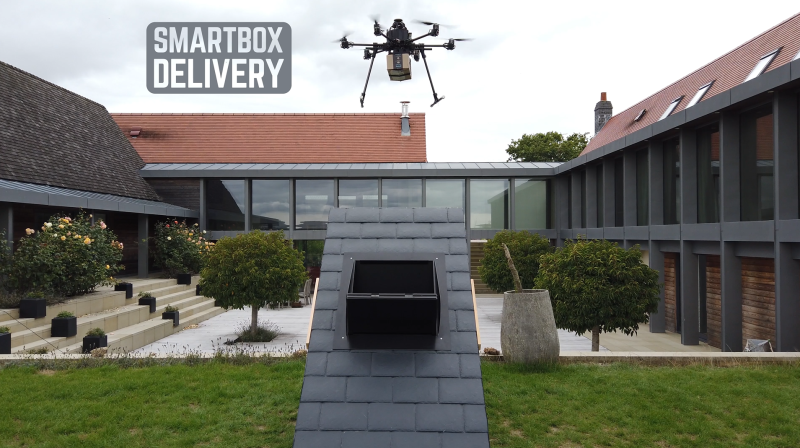
When a package needs to be picked up or delivered, the drone emits a digital handshake with SMARTBOX to gain secure access. Once the package is delivered or collected, the SMARTBOX closes again. It then sends a message to the customer and delivery service that the delivery/pickup has been completed.
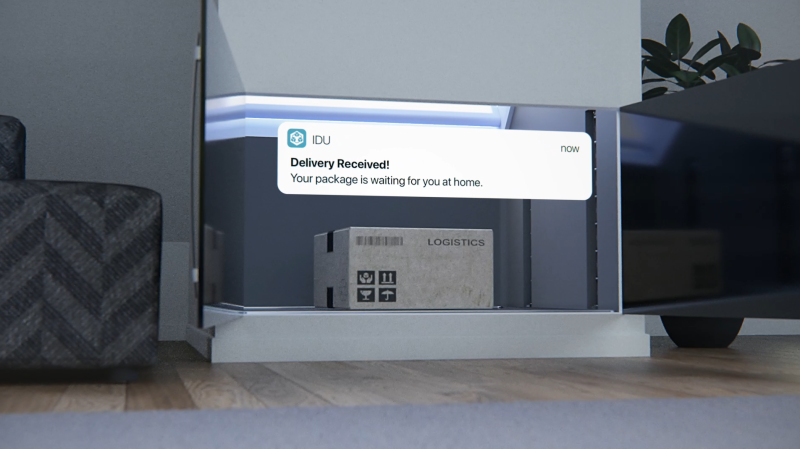
This kind of smart delivery receptacle facilitates the easy rollout and adoption of drone delivery. This is analogous to how Elon Musk is preemptively working with industry to install charging ports for the Tesla, even though adoption at the moment is rather low. If you have no way to use the tech conveniently or it is a challenge, you aren’t going to buy it, let alone use it. Similarly, IDU Group is thinking strategically about what homes and businesses of the future will need in order to easily use the technology—if you already have the infrastructure built-in, it is a simpler leap to start using it.
“Our main focus at IDU is the first and last 10 feet of autonomous delivery,” explained Duckers. “Integrated infrastructure will help enable the connectivity of all the components needed for a drone to make a delivery - building the bridge to autonomy. Ultimately, we want to connect our communities of today, by enabling the drone technologies of tomorrow. This drives sustainability through smart infrastructure that is embedded into its environment, in ways that are convenient and meaningful to the way we live our lives.”
Duckers went on to explain that most of the typical drone deliveries conducted today still require personnel at takeoff and landing to retrieve the packages and complete the delivery. In almost all of these instances, the people retrieving the packages are involved in the drone mission and have drone expertise. When you consider the size of our industry and the goal to grow exponentially, this scenario will most likely not be feasible in the future.
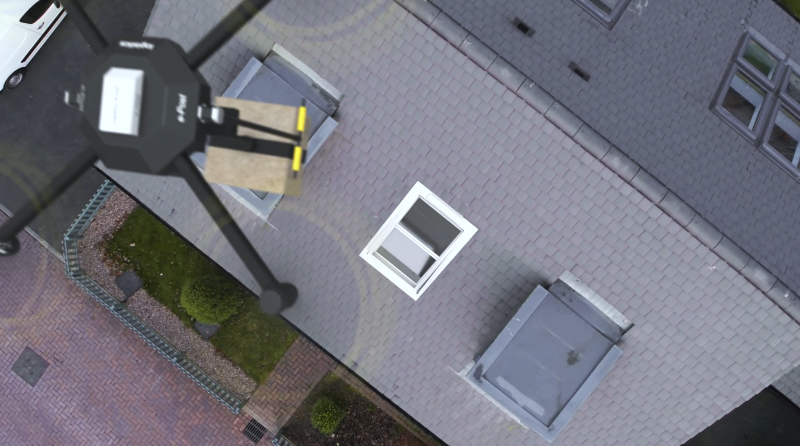
This is especially true for residential drone deliveries to be viable at scale. Drone deliveries will need to be completely autonomous and fit into people’s lifestyles. That is, it needs to happen whether someone is there to retrieve the package or not, and it needs to be secure. This is why IDU is working to proactively equip homes with forward-thinking smart tech for drone deliveries like the SMARTBOX.
“SMARTBOX is something that can be rolled out first to smart homes and hospitals,” explained Duckers. “We’ll start with new builds initially, serving people who already have the appetite for using drone technology and go from there. We are also looking at the possibility of care homes for contactless medical deliveries to support people who need to shield.”
This is only the beginning of their strategy. They are working on other types of technologies and solutions for different delivery scenarios, such as how this kind of technology can and should fit in with places like hospitals and clinics.
“At hospitals we have existing infrastructure, like helipads for transporting patients and urgent medical cargo from one hospital to another. Using this solution for drones has been achievable in tests. But something we’ve been thinking about is whether we should be cross pollinating normal aviation with unmanned aviation. That is, should we be using the same infrastructure for drones?” said Duckers. “I believe the answer is no. There’s an opportunity to create a new infrastructure that would support this new method of transporting medical products by drone because there are vastly different risks and opportunities to consider.
“Connecting hospitals with hospitals is excellent but we also have a number of clinics and primary healthcare facilities that service millions of people a year,” Duckers continued. “Drones could be the link that connects primary healthcare to hospitals. Imagine being able to get the results of a test back that much quicker because it can be sent via drone to the hospital for testing. People would be able to get treatment faster, or gain peace of mind from testing that they need to feel like themselves again.”
These types of deeper considerations—the human and ecological element—is also another defining feature of the IDU Group. They are looking beyond the obvious bottom line toward how this can improve society and our day-to-day lives.
“If you have drone infrastructure integrated into your property, it’s more secure. You also get your time back because you don’t have to wait for a parcel or go and collect it from a depot if you missed the driver,” said Duckers. “You can also think about your household’s carbon footprint – just by having this infrastructure, you’re not contributing to extra emissions from delivery vehicles and beyond. Consumers, particularly younger generations, are a lot more demanding of businesses today in terms of their environmental impact. We can see across many industries that more and more, consumers take their business elsewhere if it seems that sustainability is not authentically embedded into the organizations they buy from regularly.”
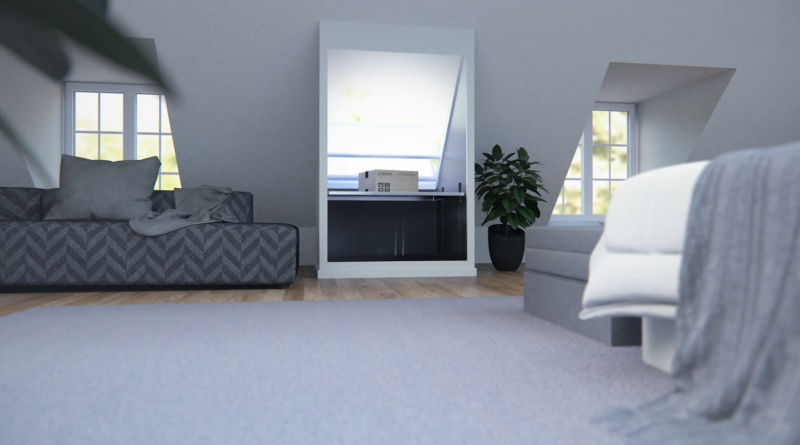
As regulations move forward and drone technology becomes ever more sophisticated, we, as an industry, need to continue to critically think about, develop, build, and test the full end-to-end process from takeoff to landing. Not only so that it can be deployed as soon as regulations give the green light, but that it is deployed intelligently with humanity in mind. There are a lot of logistics to be figured out, and this is the perfect time to be preparing. If the infrastructure isn’t in place when we are ready to scaleup, there won’t be enough people equipped to take advantage of the technology or service. This is why it is exciting to see companies like IDU Group working on putting the infrastructure in place to support it.


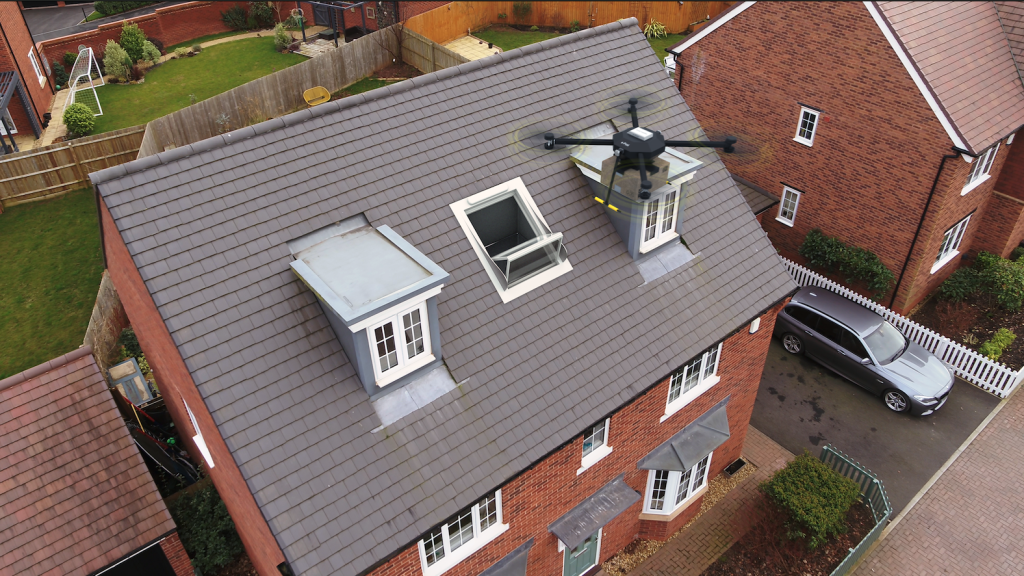













Comments